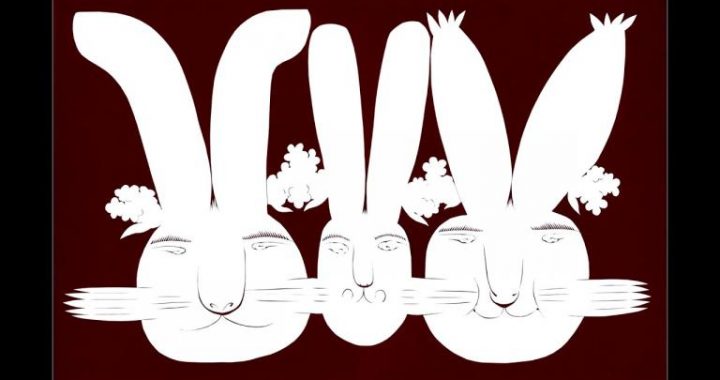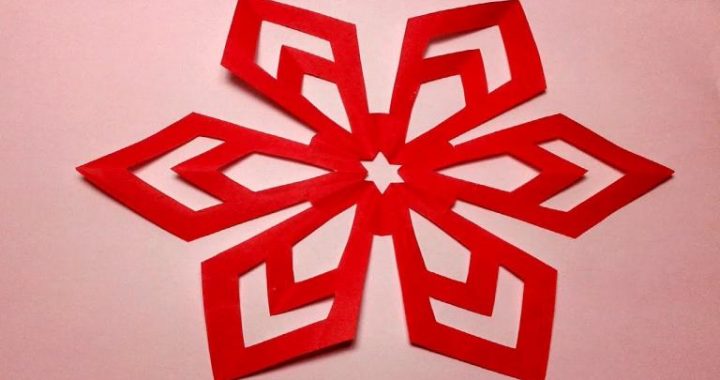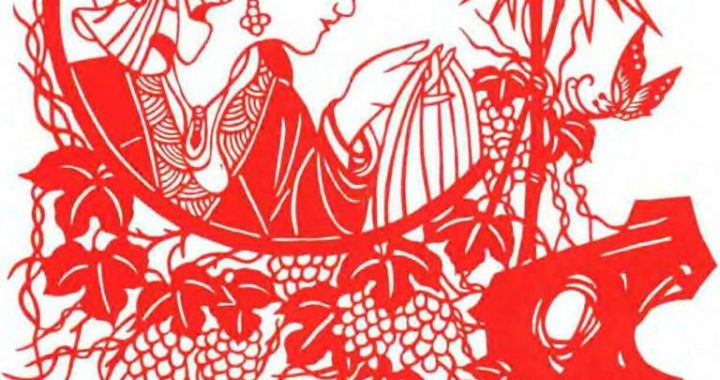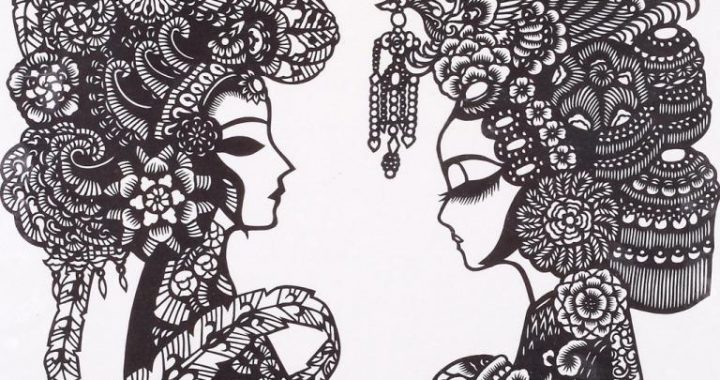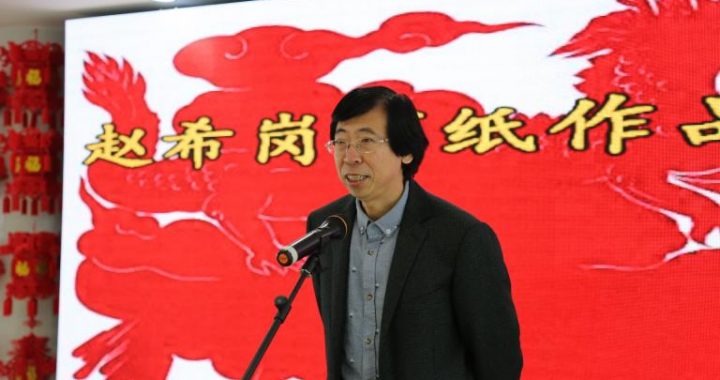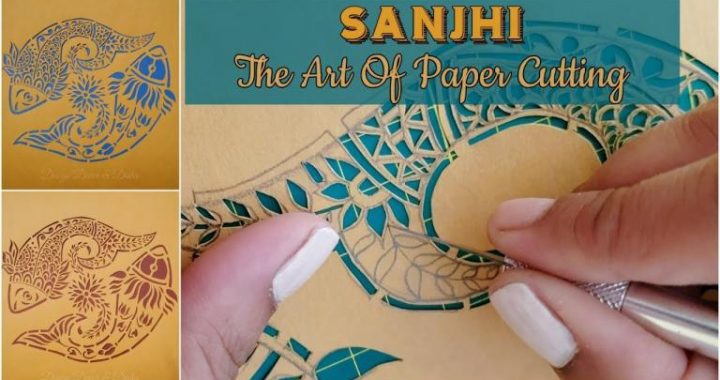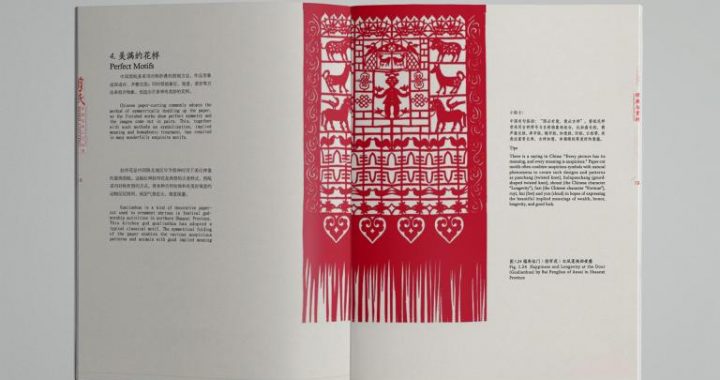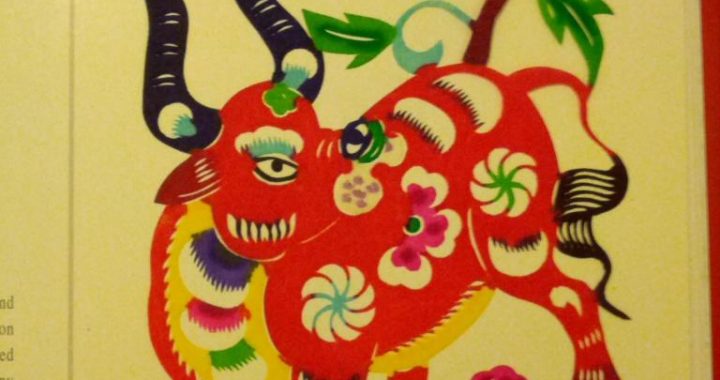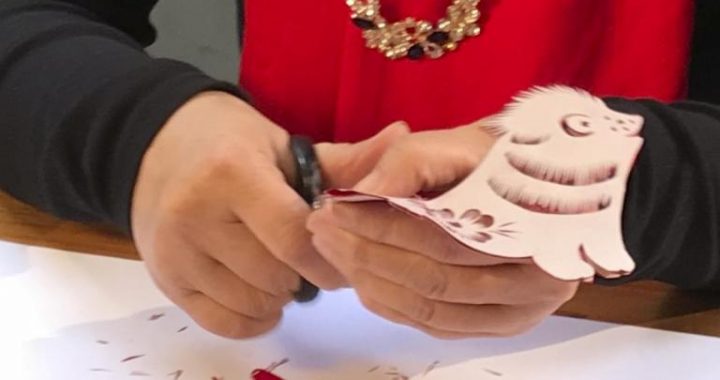Woodcut New Year Picture
6 min readChina is the birthplace of wood block printing, and Chinese woodcut painting, also the earliest ever invented, enjoys high reputation in the world.
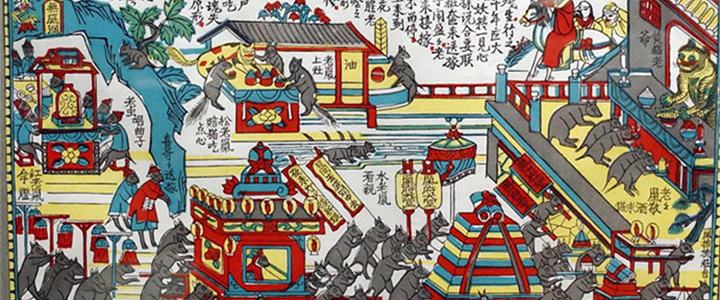
Woodcut New Year picture is for the occasion of Chinese Spring Festival. It features beautiful art design with bright delightful colors. It fits the mood of the people longing for a happy life, a fresh start at the beginning of a year and a new cycle of perpetual life. Popular themes of New Year picture include house safeguard, family blessing, crop harvest, longevity safety, and prosperity. Woodcut New Year picture covers a wide range of subjects and in a variety of designs. Hanging on the door to keep the vicious spirits away are door gods (super-natural tigers, golden roosters, civil and military door gods); on the screen wall facing the door are fortune inviting; treasure keeping or a character “Fu”(Good fortune) in a square diamond shape; in the center of the main room is the central god (Zhong Kui; an official from heaven to bestow fortune; three stars of fortune, wealth and longevity) on the wall in the bedroom are entertaining and enlightening pictures or framed calligraphy strips (theatrical stories, life and folk customs, babies and pretty girls, mountains and waters, flowers and fish, as well as news stories); across the dish cabin is new-year picture used as dust proof paper; there are also pictures of history stories; patterns of lions roosters and auspicious symbols. There are also bed border flower, window decoration, table border, money hanger, kitchen horse, lamp flower,merits and virtues paper, etc., some several dozen types.
Woodcut New Year picture door god, Shen Tu and Yu Lei (Yangliuqing, Tianjin).
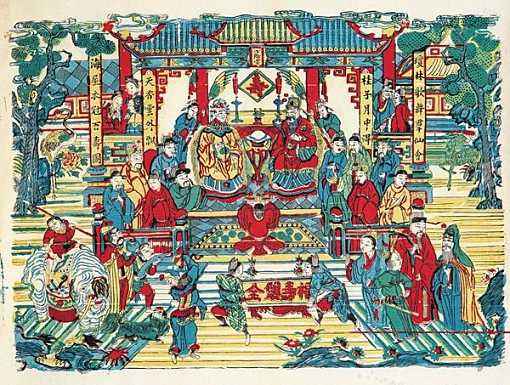
Folk New Year picture emerged in pre-historical time and was used as the door god. As rule in social and cultural developmen, human awareness for door god went from the worship of natural animal, to deifier, and to humanized god. According to historical records, the custom of drawing ” rooster at house entrance; and a tiger on the door” date back in pre-historical society. In central Shaanxi, Baotou of Inner Mongolia, and Lingbao of Henan, even today, it is still a custom to paste paper-cut of a pair of tigers, or golden roosters, golden cows on the door leaves for safeguard. In northern China, woodcut New Year picture from the Ming and Qing dynasties still kept the tradition of using the deified tiger and rooster as patron saint for residence.
Later on, the name of the Door God became fixed as Shen Tu and Yu Lei. The transition from deified animal to humanized god started in the Tang Dynasty when images of renowned warriors Qin Shubao and Yuchi Jingde were worshiped as the door god. As history recorded, “Great Majesty of the Tang Dynasty (Li Shimin)was miffed one night. When he was in bed, he heard the noise of throwing bricks and tiles outside, along with spooky howling. He was scared and told his subjects. Qin Shubao came forward and presented, ‘I’d serve by your majesty’s door in military attire with Yuchi Jingde.’He granted it. The subsequent nights went by peacefully. The emperor awarded the two generals and ordered the painting of their images to be hanged over the two gates to the palace to keep the spirits away.”Later generations followed suit, making those images permanent door gods. Based on this legend, images of the two generals in military attire became a popular New Year picture as door gods ever since.
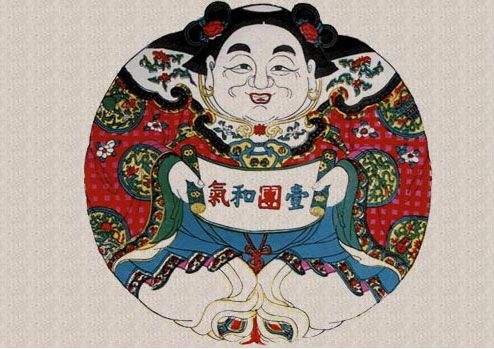
Woodcut picture painted door god, unearthed in 1992 in Bairin Right Banner, Inner Mongolia, and kept by Linxi County Institute for Antiques Management.
Carved line cut board for woodcut New Year picture from the Qing Dynasty (Zhuxianzhen, Henan).
China is multi-ethnic country, and each has its own door god. The earliest door god I saw was in 1999 in Xiaocheng Village of Yanchuan in northern Shaanxi. Right in front of a residential cave was a full set of two stone carving door gods in military attire. It belonged to the northern nationality of the Northern Zhou Dynasty(557-581)1,300 years back. Later, I saw four color pictures hand-painted on wooden board kept by Linxi County Institute for Antiques Management, unearthed from the Liao (816-1125)tomb in 1992, also the property of northern nationality. The pictures were painted in large brush strokes with distinct national strait of the northerners. The painting was made around the same time period in history as the door god of the Song Dynasty found in the Song tomb in Henan Province.
An artist carving against the draft (Zhuxianzhen, Henan).
The booming commodity economy and handicraft industry along with the advancement in wood block printing during the Song Dynasty changed the manufacture of Chinese woodcut New Year picture from mainly hand-painting to wood block printing, bringing major expansions to the New Year picture industry both in category and content. Its all-inclusive themes ranged from the then folk customs; field work and lyric life; people and country scenery; to theatrical plays and operas; children and family pedigree; magic rocks and immortal wild lives. As was recorded in Wulin Jiushi by Zhou Mi of the Northern Song Dynasty, “Since last October, market place in the capital city has been filled with hardcover New Year pictures for sale, pictures of door gods large and small; peach symbols; Zhong Kui; lions; tiger heads; colorful strips and spring flowers paper-cut and all types of worship offerings.
Modern woodcut New Year picture ‘Coin tree”(Weifang, Shandong).
The development in chromatographic wood block printing around the late Ming Dynasty further ignited the prosperity of woodcut picture industry. By the peak time of Qianlong and Jiaqing years in the Qing Dynasty, subjects exhibited through New Year picture expanded to include history stories; theatre plays; scenery spots; flower vases; fashion models and news figures etc., with more mature engraving and painting techniques, as well as highly improved color application.
Reputable woodcut New Year picture manufacturing and printing shops were rampant across the country, namely, Yangliuqing in Tianjin; Taohuawu in Suzhou; Mianzhu in Sichuan; Linfen and Xinjiang in Shanxi; Zhuxianzhen in Henan; Longhui Tantou in Hunan; Pingdu, Liaocheng and Weixian in Shangdong; Wuqiang, Hebei; Zhangzhou, Fujian; Fushan, Guangdong and Fengxiang, Shaanxi. With unique styles and features, they each held a place of its own in the forest of folk New Year picture.
The making of woodcut picture was package process from drafting, woodcut graving, printing, chromatography, to hand painting touch-up. First, a painter outlined the picture with ink marker and made a color effect draft and several monochromatic drafts. After that a carving specialist pasted the painting backward onto the wood sheet to carve against the draft. Carving was the highly skilled part.
The line cut needed to be decisive yet smooth; sharp and superimposed; delicate and even. Each monochromatic draft had its own carved color board. Then it was ready for printing. Laying the main wood block on the counter for the first or the main draft; then changed over one by one to print the monochromatic blocks for chromatograph printing, securing the block and the paper every time to achieve the highest accuracy.
In the period of Republic of China, common pigments for yellow were made from Chinese Scholar tree flower; ruby from perilla tree; and the dark smoke crust on the bottom of the cooking pot were used for black coloring. Later, imported magenta and malachite green were also used to achieve brighter color contrast. Manually processed woodcut picture only employed printing to make semi-finished products. Crucial areas like human head, face and hands were still needed hand-painted, with great emphasis on the face, eyes and eyebrows. Some facial expressions painted by experienced artists were so vivid and true-to-life that the whole picture was enhanced with their magic touch.
